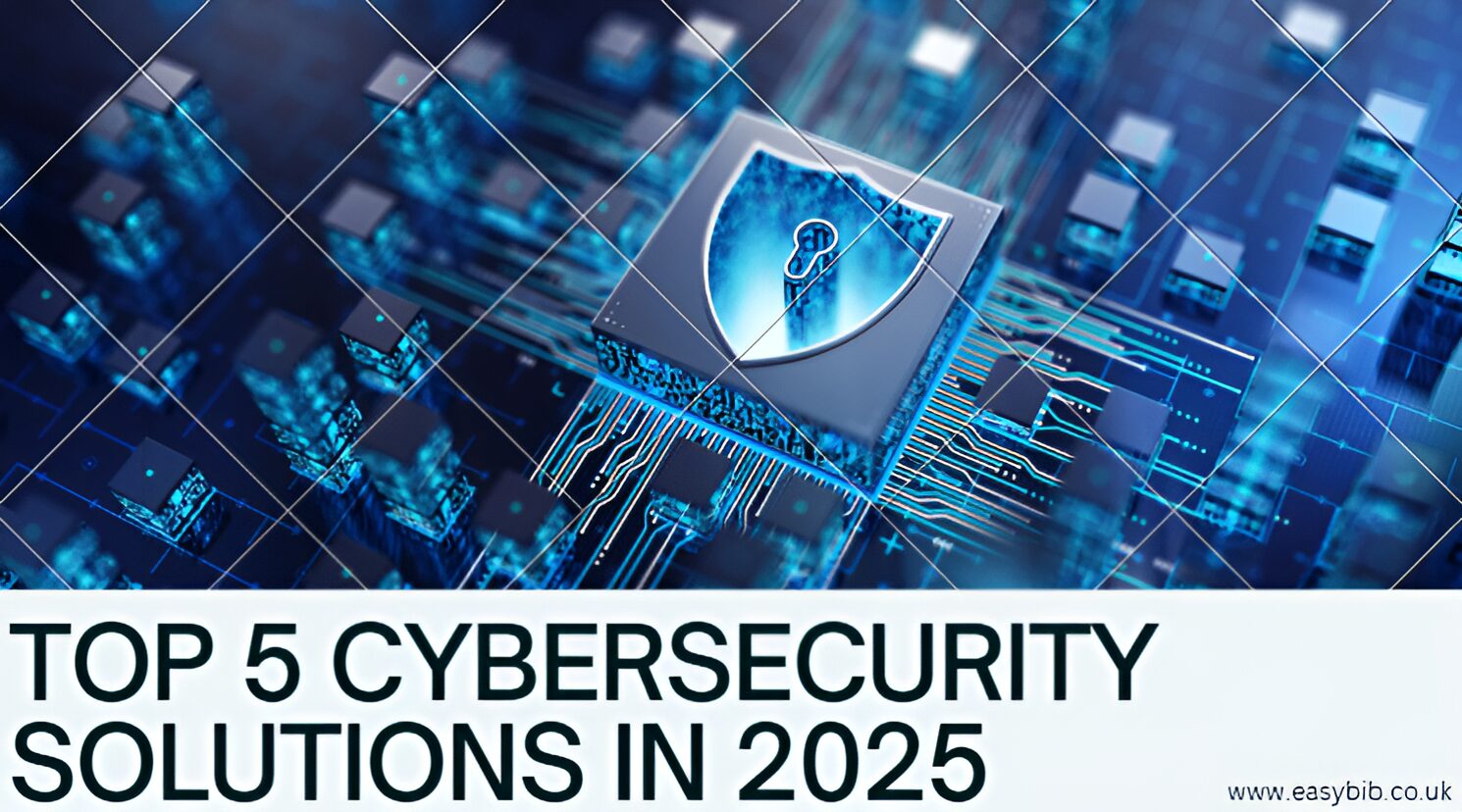Top 5 Cybersecurity Solutions in 2025

As the digital landscape continues to evolve, businesses are under increasing pressure to further fortify their security infrastructures against increasingly severe and sophisticated cyber threats. This year, five cybersecurity solutions and strategies will hinge on cutting-edge technologies and proactive defense mechanisms listed below if businesses of all sizes want to ensure their data remains secure.
1. Artificial Intelligence and Machine Learning Integration
Artificial Intelligence (AI) and Machine Learning (ML) have revolutionized how companies detect and respond to cyber threats. Rather than relying solely on reactive defense, these technologies empower security systems to learn from past incidents and predict future risks. AI-driven solutions can sift through vast volumes of data in real-time, identifying anomalies and flagging suspicious activity before it escalates into a breach. Syteca cybersecurity solutions exemplify this trend by offering businesses AI-driven protection that identifies threats in real time and adapts to evolving cyberattacks. By continuously adapting to new attack vectors, AI and ML enable organizations to stay ahead of cybercriminals, offering a more dynamic, agile approach than traditional rule-based systems.
2. Zero Trust Architecture Implementation
Zero Trust Architecture (ZTA) operates on the principle of “never trust, always verify.” Under this model, every user and device (inside or outside the business’s network) must be authenticated before being granted access to any resource. This approach significantly reduces the attack surface because it prevents lateral movement by potential intruders. Implementing ZTA involves micro-segmentation, multi-factor authentication, and continuous user behavior monitoring. In 2025, Zero Trust principles will become a staple of cybersecurity strategies, limiting unauthorized data access and enhancing overall network integrity.
3. Advanced Data Encryption Techniques
Encryption has long been a cornerstone of data protection, but the techniques are continually advancing. Quantum-resistant algorithms, for instance, are gaining traction to counter the future threats posed by quantum computing. These algorithms ensure that data remains secure at rest and in transit, even under the scrutiny of powerful computational attacks. Businesses looking to protect sensitive information (such as customer records or intellectual property) should adopt end-to-end encryption solutions that safeguard data across all touchpoints.
4. Comprehensive Incident Response Strategies
Even the most robust security measures can be circumvented by persistent attackers, making incident response (IR) plans critical. A well-designed IR strategy outlines how a business should detect, contain, and recover from security breaches. Key components include rapid alert systems, clear communication protocols, and post-incident analyses to learn from each event. Companies that invest in ongoing security training and simulations for their IR teams will be better positioned to minimize downtime, reduce financial loss, and protect their reputation after an attack.
READ MORE
5. Managed Firewall Services for Enhanced Network Security
Firewalls act as the first line of defense, filtering out malicious traffic and preventing unauthorized network access. As threats become complex, managed firewall services offer continuous protection and expert handling. By outsourcing firewall management, businesses benefit from 24/7 monitoring, real-time threat intelligence, and the ability to adapt configurations quickly to emerging threats. This proactive approach keeps network defenses up to date, allowing IT teams to focus on core business objectives without sacrificing security.
